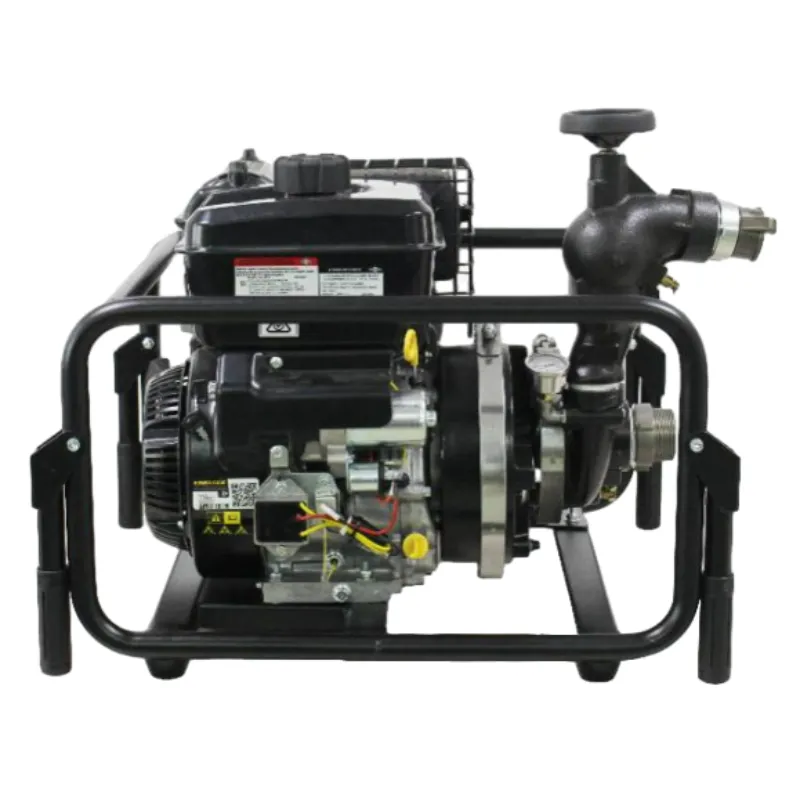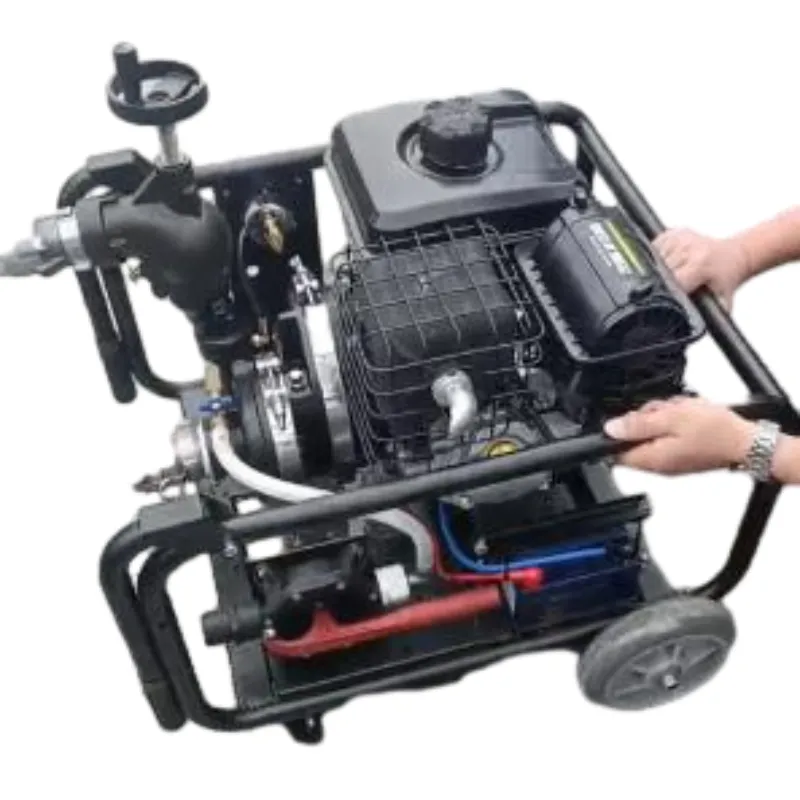

The authority and trustworthiness of fire suppression systems are often verified through compliance with international standards like NFPA (National Fire Protection Association) guidelines or FM Global standards. These standards ensure that the systems are designed to withstand specific risk factors, are reliable over long periods, and are capable of activation even under harsh conditions. Trust in these systems also rests on regular maintenance and testing. Regular inspections and servicing ensure that water valves, nozzles, and spray heads are free from obstructions, corrosion, and mechanical failures. Building owners and facility managers must adhere to scheduled maintenance protocols to guarantee the functional readiness of these critical systems. Advancements in technology continually enhance the efficacy of water mist, spray, and sprinkler systems. Innovations in nozzle design, for instance, improve the distribution and penetration of water droplets, while smart technology integration enables real-time monitoring and remote management. These enhancements not only fortify fire defense mechanisms but also align with sustainable practices by optimizing water usage. In conclusion, water mist, water spray, and sprinkler systems are sophisticated solutions necessitating expert knowledge for effective application. Trusted by industries and residential complexes alike, they represent a crucial aspect of safety infrastructure, offering reliable protection against the devastating impacts of fires. As technology progresses, these systems will continue to evolve, providing even greater safety assurances while minimizing environmental impact.





























